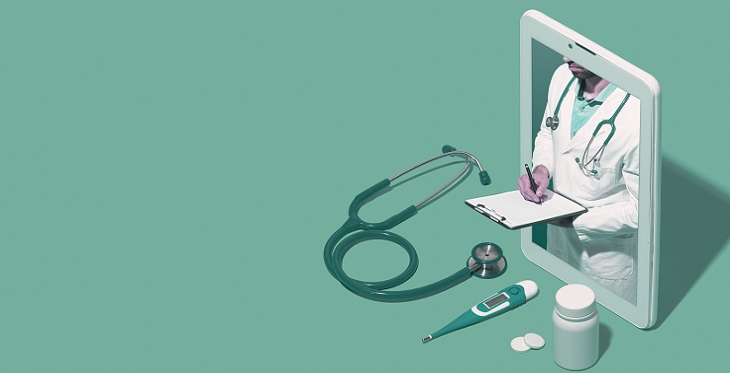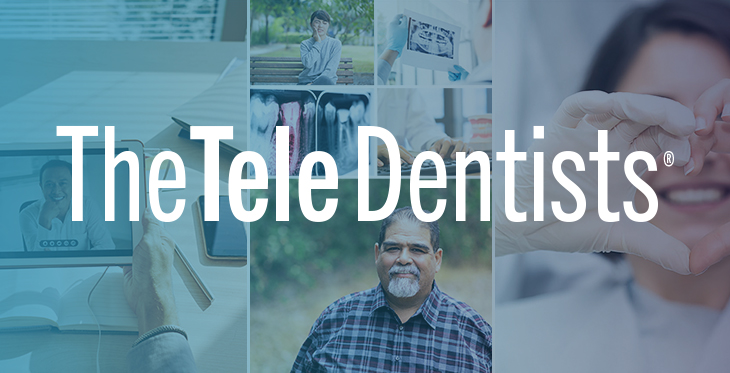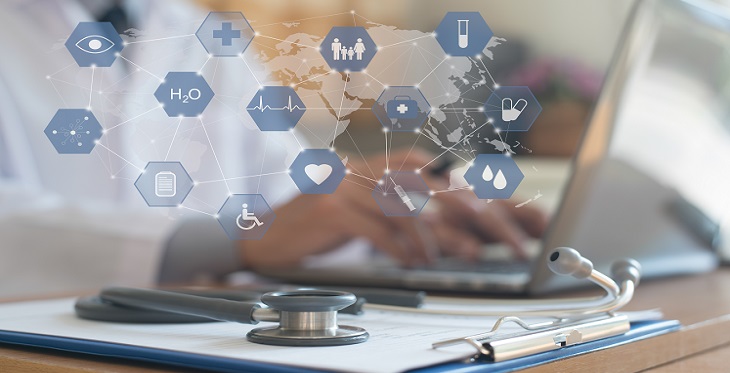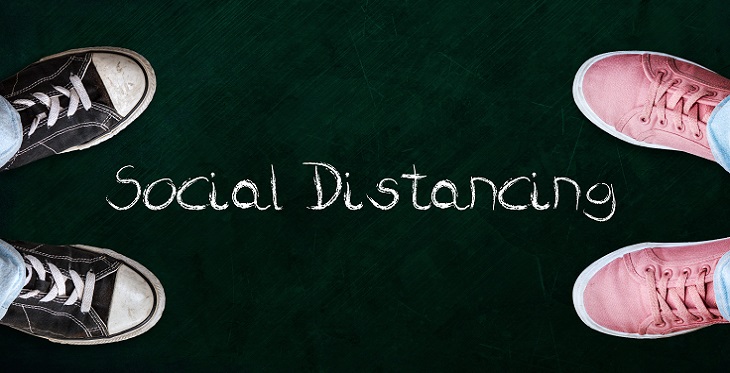As with any healthcare innovation that is disruptive in nature, it takes validation and time, as well as the right catalyst before it gets completely embraced by the global community as a feasible solution. With the ongoing COVID-19 global health emergency, one such innovation that acquired center stage for being highly functional and transformed healthcare delivery in a never-seen-before manner was telemedicine.
Just last year, telemedicine grew from less than 1% of primary care visits to nearly 43.5% in a mere span of two months (February to April).
With telemedicine’s current rapid adoption rate and trajectory, it wouldn’t be wrong to say that this state-of-the-art innovation holds the potential to turn the medical industry completely upside-down, redefining the way in which health systems deliver care, operate, and manage costs. This will further set the foundation for a highly optimized and tailored healthcare experience in the future.
To illustrate the impact telemedicine will make in the future, we have come up with a few predictions backed by robust statistical data.




